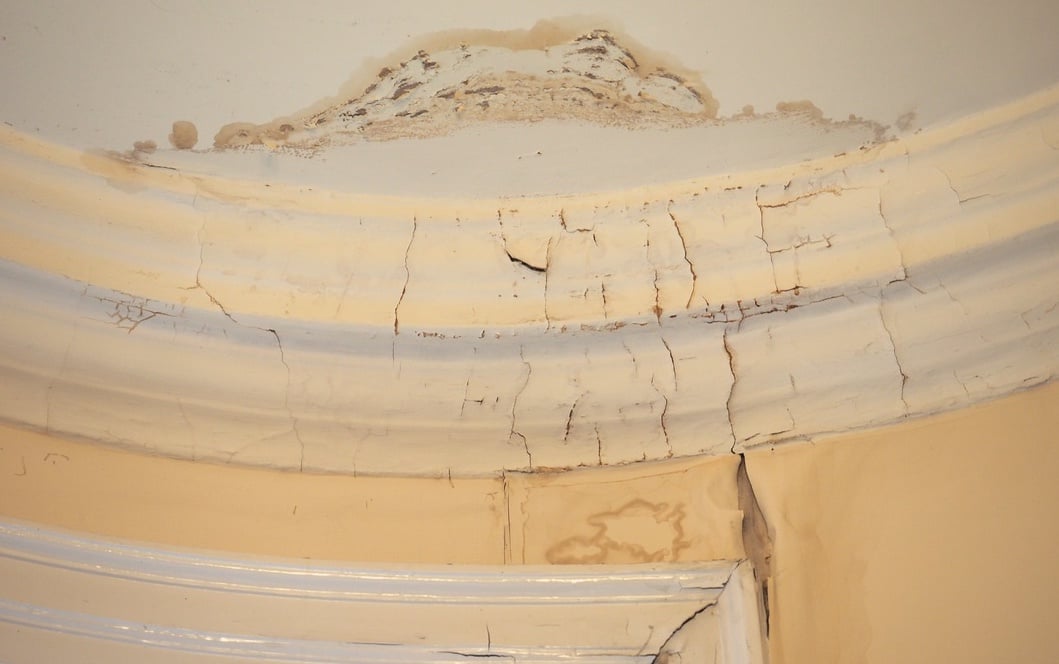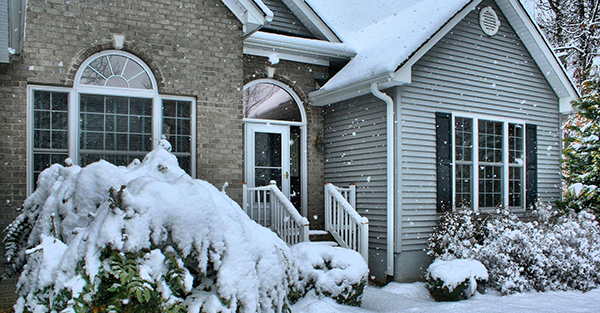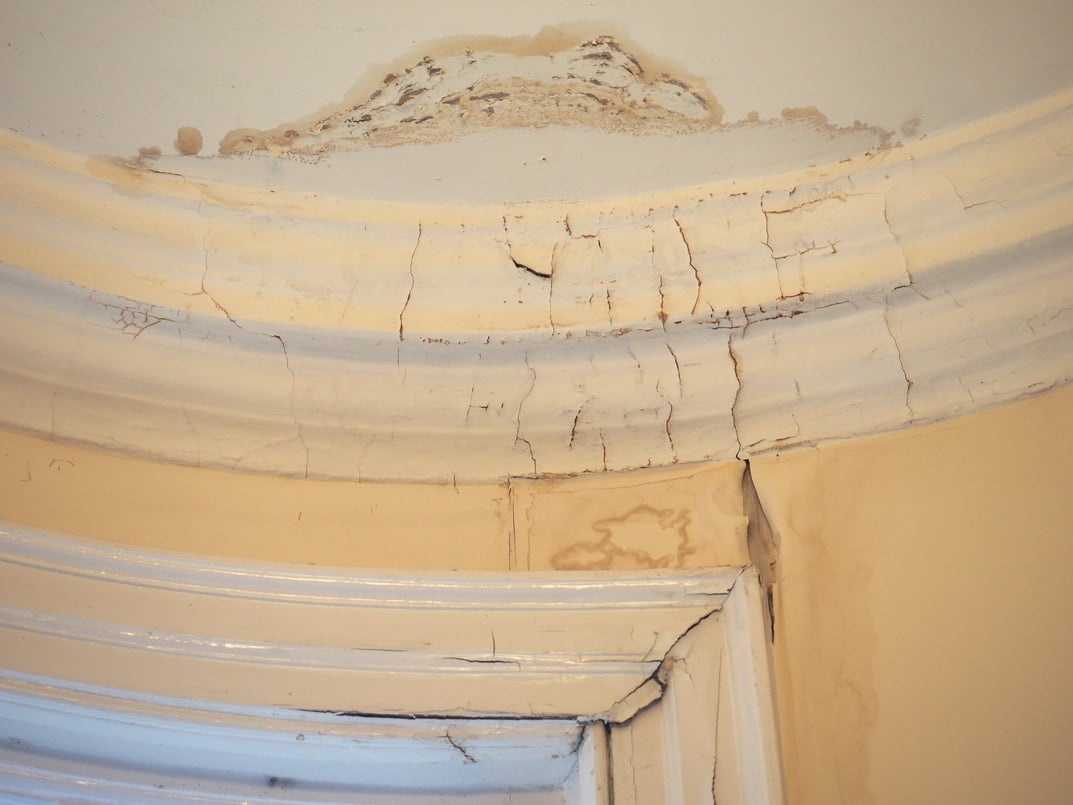
When temperatures warm up after plunging below freezing for a few days, a lot of homeowners notice what seems to be evidence of water infiltration on their ceilings and walls. Although this kind of moisture can indicate a roof leak, when the temperatures rise after a deep freeze, the culprit is more often condensation in the attic than a leaky roof. How can you tell whether you have a roof leak that should be dealt with immediately or a relatively harmless condensation issue?
What causes attic condensation?
Because heat rises, if your ceiling has inadequate insulation, heat can seep into the attic. During the winter, especially when temperatures are very low, this heat can produce condensation that freezes. When temperatures rise a little, this frozen condensation melts and drips back down into your ceiling and down your home’s walls.
How do you prevent attic condensation?
There are a number of reasons that condensation forms in your attic. These four tips will help you prevent attic condensation and resulting moisture damage to your home.
1. Check your vents.
Your vents and exhaust fans should remove the warm, moist air from your bathrooms, stove, and clothes dryer and release it outside your home. Check where your vent exhaust exits your home. You don’t want humid air sealed inside your home during the winter! Some vent systems actually lead to the attic or another area inside your home; these need to be rerouted to lead outside instead. Other times, ventilation hoses or tubes may become unsealed or shift out of place. Make sure your dryer vent hose and your other home ventilation systems are securely sealed and venting safely outside of your home.
2. Use humidifiers minimally during the winter.
Winter air can be dry and uncomfortable, causing respiratory discomfort and static electricity buildup in your home. It’s understandable to want to add some extra humidity to your home during cold, dry winters. However, humidifiers can create major problems! The added humidity contributes attic condensation problems. If you must use humidifiers, our blog post "The Dangers of Unregulated Humidity Levels in the Winter" can help you figure out how much humidity you can safely add to your home. If you already have an attic condensation problem, refrain from running your humidifier until you get it under control.
3. Ensure you have enough attic insulation.
One of the best ways to prevent warm, humid air from reaching your attic is to make sure it has enough insulation. If it doesn't, or if your current insulation is old and worn, you may need to add more. An insulation professional can check for and seal any air leaks and add additional high quality, water resistant insulation, like blown-in insulation. Preventing warm air from getting into your attic will prevent condensation from forming in the first place.
4. Make sure your attic has adequate ventilation.
The US Department of Energy recommends augmenting the natural ventilation of your home with spot or whole-house ventilation to control moisture and prevent dangerous mold growth. Humid air that reaches the attic needs to be blown out through a good ventilation system and replaced with cool, dry air from outside via a quality soffit system. Poor ventilation can be a hidden but serious drain on your budget; according to Quality Edge, a poorly ventilated home can cost you nearly $8,000 over a 15-year period (the life of a typical asphalt roof).
Good insulation, proper venting, limited use of humidifiers, and a quality ventilation system can help you prevent moisture damage that can lead to rust, mold, insulation damage, and ice dams. These tips will help you extend the life of your roof, insulation, and drywall as well as preventing water damage and rot. They will also help you increase your home's energy efficiency (and save money)!
For more information on preparing your home for the warmer weather, read through our guide to spring weather or get in touch with us for more information.







Comments